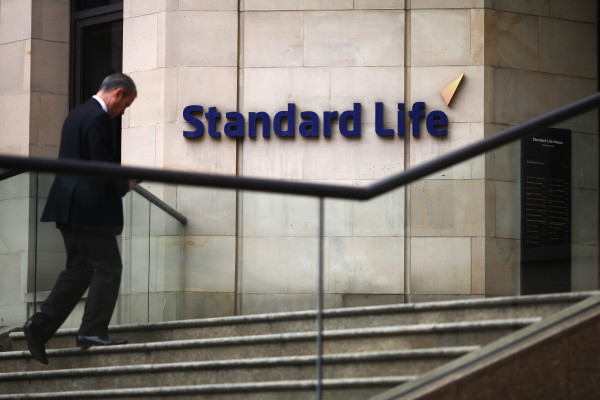

Investment giants Standard Life and Aberdeen Asset Management have agreed to merge, creating the UK’s largest asset manager.
The £11bn deal, viewed in many quarters as effectively a takeover by Standard Life, will see the combined firm become Europe’s second largest fund manager with £660m in assets under management. Both companies say they will recommend the all-share deal to shareholders.
Existing chief executives Martin Gilbert from Aberdeen and Keith Skeoch from Standard Life will jointly head the new firm, a decision that has already courted some controversy. The new company’s name will include a blend of Aberdeen and Standard Life, and it will be headquartered in Scotland.
Standard Life revealed talks had commenced on 4 March, with the agreed merger announced two days later. Standard Life investors will own two-thirds of the new company with the remainder owned by Aberdeen.
“This merger is a marriage of the old and the new, both in terms of the companies’ heritage and their main areas of strength,” said Laith Khalaf, senior analyst at Hargreaves Lansdown. He added that Aberdeen’s emerging markets expertise should dovetail with Standard’s Life’s investment capabilities in the developed world. However, there could be overlap in multi-asset, fixed income and property.
This is second high-profile takeover in months after Henderson Global Investors and Janus Capital struck a deal in October. Jason Hollands, managing director at Tilney Group, said that consolidation has been anticipated for many years due to fragmentation in the European asset management space.
Mr Hollands explained: “This is recognition of some of the headwinds facing asset managers, because active managers have been losing ground to passives.”
He added that although the new firm’s size will be beneficial in terms of cost, branding, marketing and distribution, there could be pitfalls. “In certain asset classes, when funds get too big, it can reduce the flexibility and ability to access smaller companies, which they may have been able to do in the past,” he said.
As with any merger, staff cuts are expected. Mr Gilbert said annual savings would stand at about £200m, but would not be drawn on the number of job losses.
The departure of David Cumming, head of equities at Standard Life Investments, has sparked fears of a potential fund manager exodus. This is something advisers should monitor closely, according to Mr Hollands.
“It’s a worry because in recent years Standard Life’s equity process has delivered better results than Aberdeen’s. One would hope this is not a sign of unhappiness, or that Standard Life managers will be made to work in the Aberdeen mould.”
Aberdeen itself has witnessed 15 quarters of consecutive investor outflows, as a result of underperformance and negative sentiment towards emerging markets.
Mr Khalaf suggested that Standard Life should add some much-needed stability and could also mean the merger of the firms’ workplace pension and platform capabilities. “Aberdeen offers Standard Life a quick route to the big boys’ table by almost doubling assets under management,” he said.
craig.rickman@ft.com



